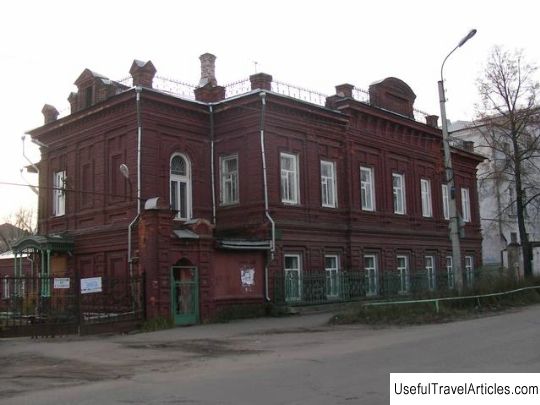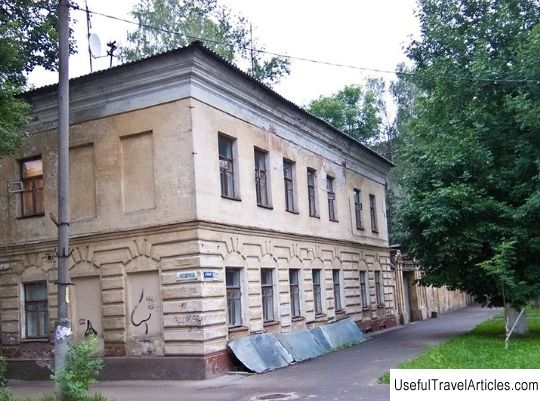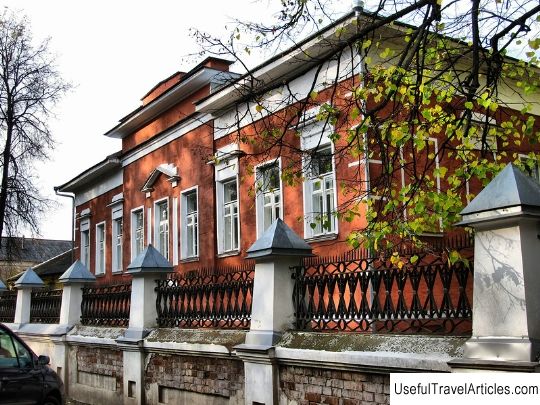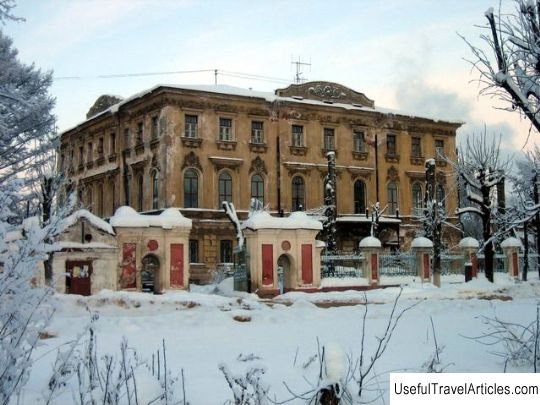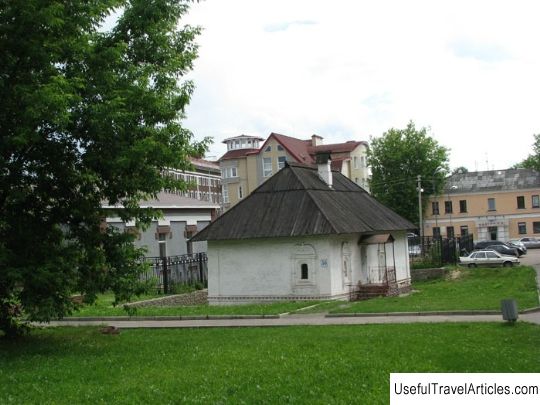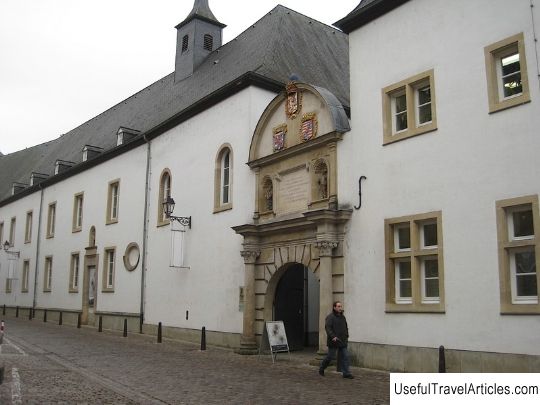Y. N. Fokina description and photo - Russia - Golden Ring: Ivanovo
Rating: 7,9/10 (1987 votes) Ya.N. Fokina description and photo - Russia - Golden Ring: Ivanovo. Detailed information about the attraction. Description, photos and a map showing the nearest significant objects. Photo and descriptionIn the city of Ivanovo, on Sovetskaya street, 30a, there is the famous Y.N. Fokina, which occupies the entire eastern area of the quarter, closed by Konyushenny Lane and 10th August Street. It is an architectural monument in a brick style. The merchant Zubkov became the first owner of this site. It is believed that the printed building was built at the very beginning of the 19th century near Konyushenny Lane. Half a century later, the site passed into the hands of the Fokin manufacturers. At the end of the 19th century, a brick house was built for the owner; the house was equipped with high gates, while the building and the house are slightly widened, forming a manor front along Sovetskaya Street. The estate is equipped with service outbuildings and warehouses, which are located in the depths of the site along 10th August Street. An oblong inner courtyard is located between the buildings. As a result, a whole complex of an industrial estate typical for Ivanovo-Voznesensk, which includes a luxurious mansion, warehouses and a manufacturing department. The residential estate is a bright representative of eclecticism, which has retained a unique facade decor with classical motives; the original interior decoration has been preserved. The main facade of the building is the northern one, which faces Sovetskaya Street. The house is two-storey and has a basement; in plan it is square and covered with a hip roof. There is an entrance projection on the facade from the east. There is a one-story building in the yard. The house itself is built of bricks. From the side of the yard, part of the house was built of logs, which was intended for the owner's mother. The facade on the east side has false window openings, and the stairwell has an impressively arched window that faces the street. The available blades are angular and are located between the walls of the first floor and are decorated with horizontally positioned panels-widths. There are frame platbands on the window openings, and on the second floor there are key stones. The wall panels are finished with a beautiful cornice with croutons. On the central axes of the side and main facades there are figured attics, which are connected to the parapet corner pipes using a metal grid. The wooden part of the house is decorated with openwork platbands, which has become traditional for the eclectic style. In the main divisions, the floor plans are similar. The main entrance and main staircase lead directly to the corridor, which is on the main central axis. A service staircase is at the other end of the hallway. The main front staircase is made of marble and fenced with a cast iron pattern, decorated with sculptures in the form of a female figure holding a lamp in her hand. On the first floor, the walls of the hall are rusticated and covered with a large canvas, which is painted with oil paintings. On the second floor, the rooms are decorated with stucco molding, and parquet has been preserved to this day. Most rooms have tiled stoves; a fireplace made of marble has survived. The tower block is a typical manufacturing building of the 19th century. In the plan, the building is L-shaped and consists of a three-storey volume, which is somewhat elongated in the direction of Konyushenny lane. The first floor was made deaf and was once used as a warehouse. The second floor is separated with a belt - it was here that the heel was carried out. The windows on the second floor are rectangular, equipped with a stepped cornice. The third floor is a large open space required for the fabric to dry completely. The facades are completely devoid of decorative design, but some expressiveness is inherent in them. As for the warehouses, they are buildings located opposite each other, enclosing the courtyard area from the east and west sides. The facades of these buildings are devoid of decor, but you can still see the classic style in their design. From the side of the eastern building, one can see attic gable window openings located on the compositional axes. Blades, walls, cornices, window archivolts are decorated with denticles, curbs and towns.                  We also recommend reading Angkor Wat description and photos - Cambodia: Siemrip Topic: Y. N. Fokina description and photo - Russia - Golden Ring: Ivanovo. |
